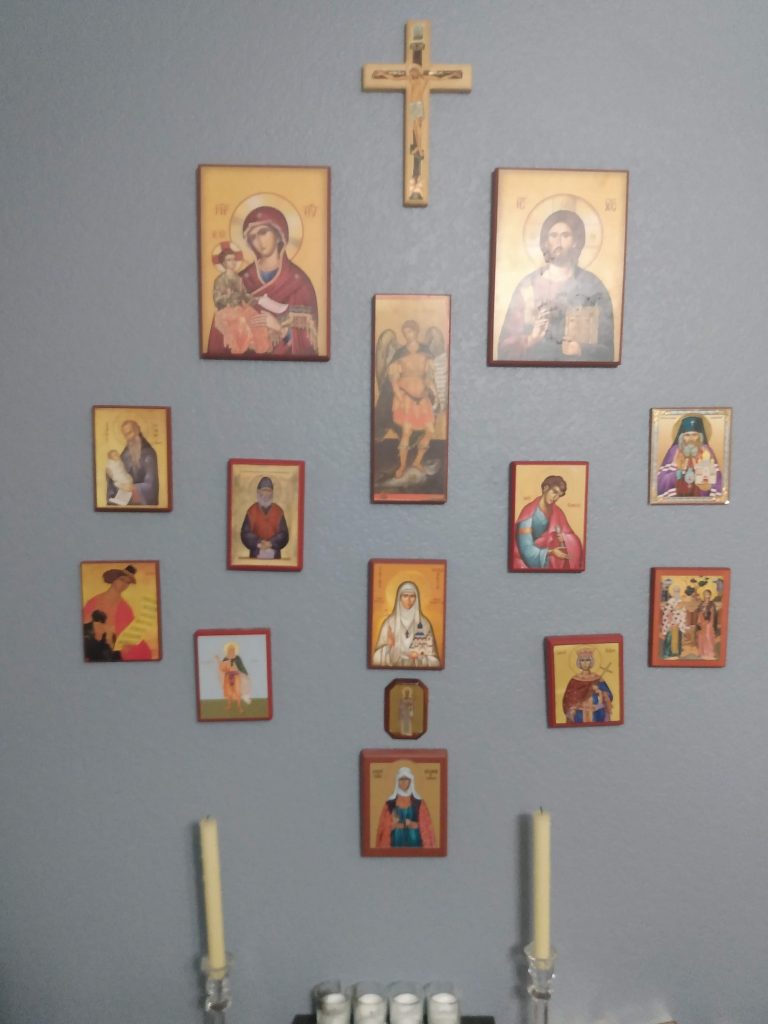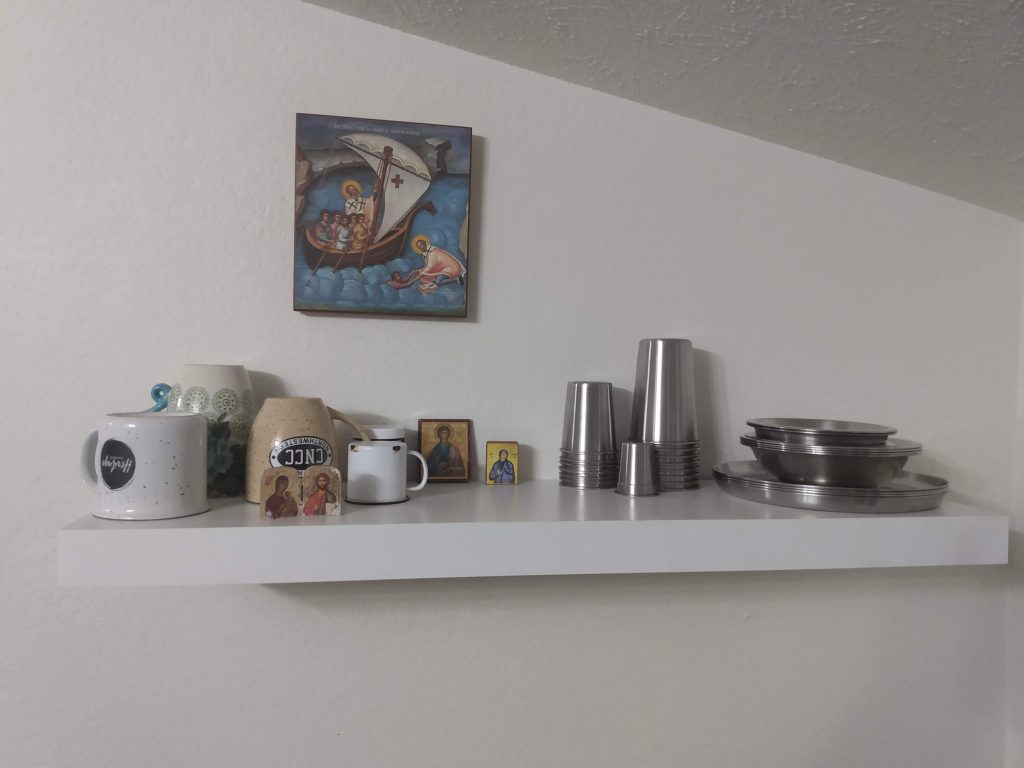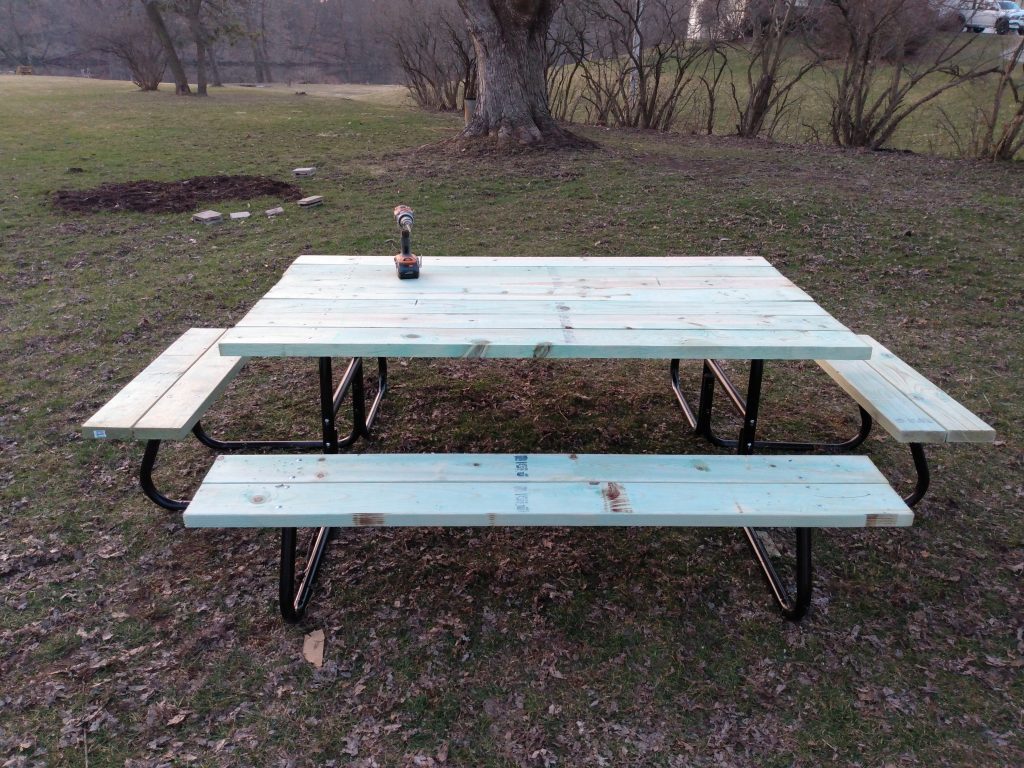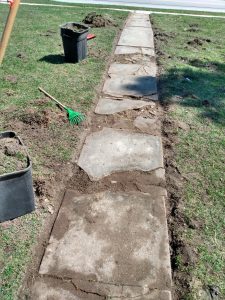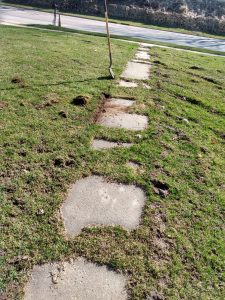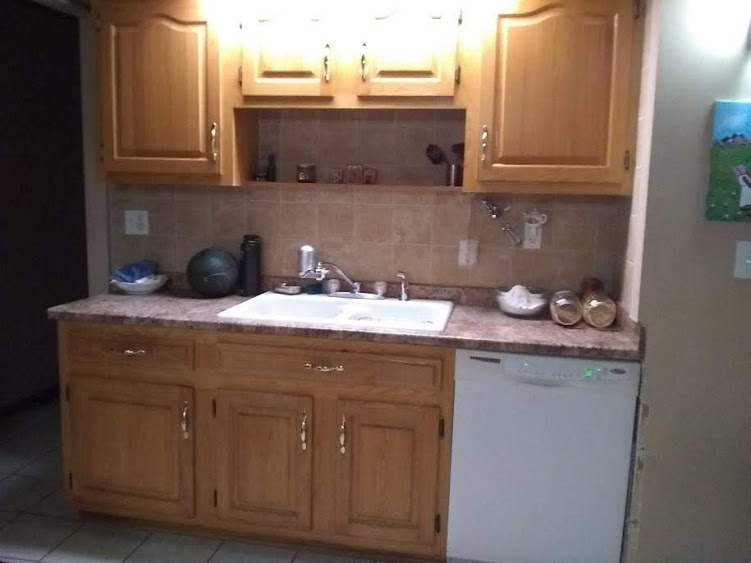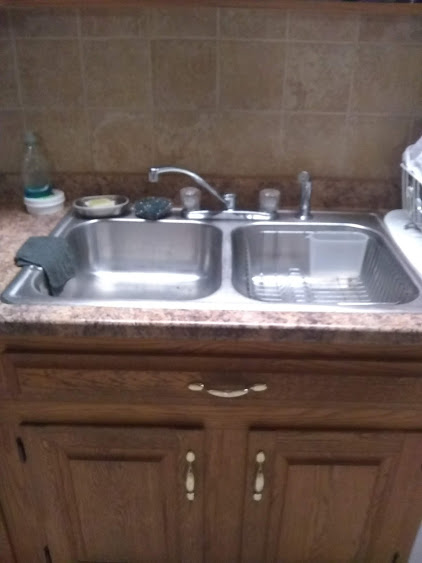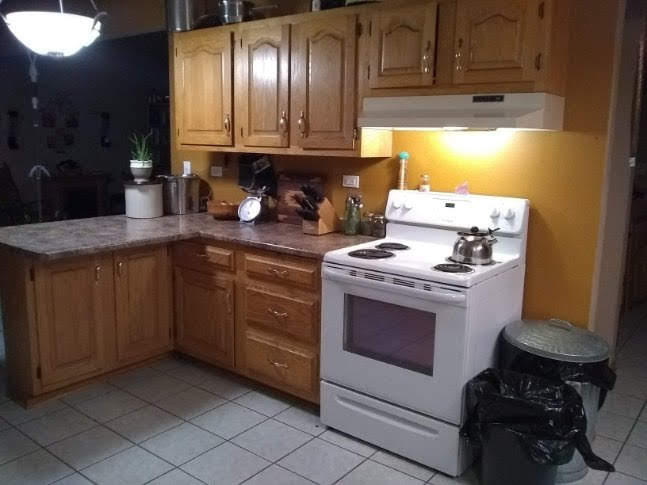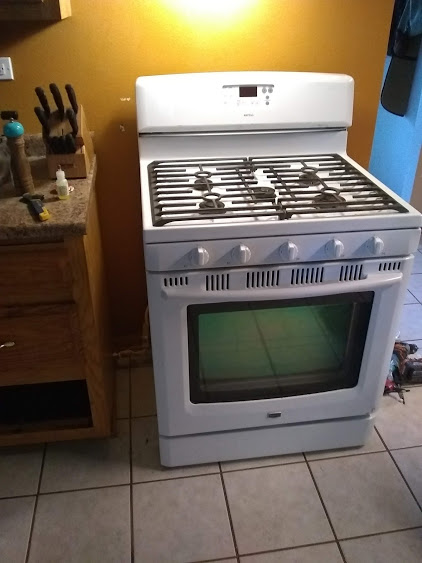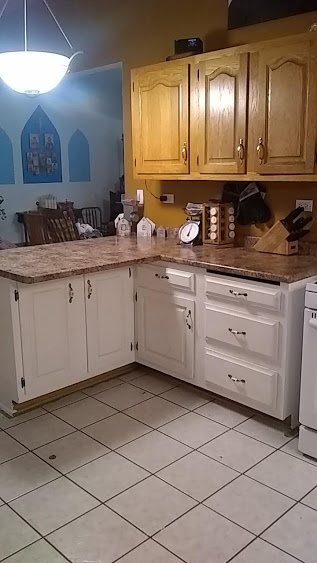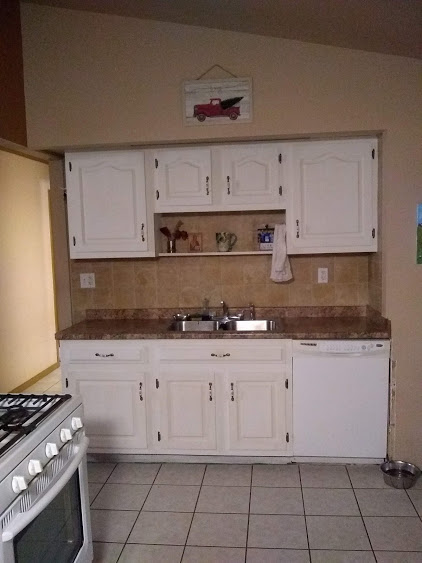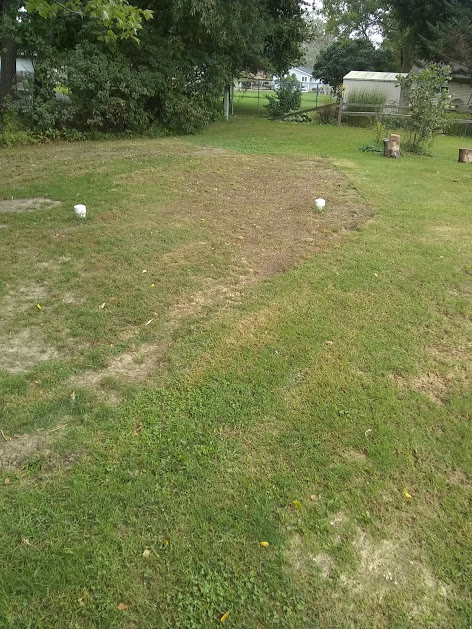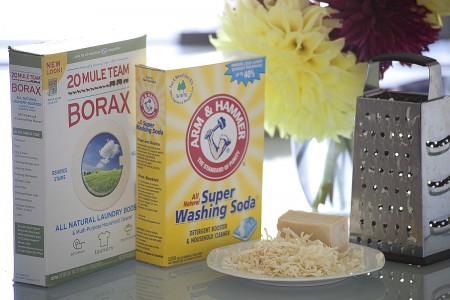I can remember hearing many times growing up that Seventh-day Adventists never convert to any other religion. Supposedly, they may stop coming to services, but the SDA “truths” are so incontrovertible that those who once believed them are never able to stop believing them. I also remember, sometime around the age of 12-14, meeting a former SDA who had converted to Lutheranism and thinking she must be an extremely rare individual, a statistical anomaly, the exception that proved the rule.
It wasn’t until after I was well into the process of my conversion to Orthodoxy that I realized that there are plenty of former SDAs who have converted to other religions, particularly Orthodox Christianity and Roman Catholicism. For example, my family aren’t even the only former SDAs in our small parish, and I have come to know of many others.
So, this post is for those SDAs who are searching, reading, studying, and finding answers that are leading them away from Seventh-day Adventistism. I am certainly not trying to dissuade you from this path, but I would like to warn you of some pitfalls that I discovered along the way on my own journey to conversion. Perhaps you can learn from my mistakes, and not repeat them.
One of the first mistakes I made in my conversion process was falling into the trap of anger. As I began to read church history and the writings of first-century Christians, I began to be angry at Seventh-day Adventism, at the SDA high school and college I attended, and even at individual people for not teaching me any of this information. In my mind, there was a plot within SDAism to hide information about the early church and the writings of early christians like St Ignatius and Justin Martyr, because these writings so clearly and easily proved that the church of the Apostles explicitly rejected certain SDA doctrines. Now, a few years later, I can see that there was no ill-will on the part of my various teachers. One cannot teach what one does not know, and they were as illiterate about the early church as I was. What they did know they taught well and diligently. I now thank God for this early molding, where I was taught to love God, to read the scriptures, and where the hunger in my soul that eventually led me out of SDAism was first awakened.
Another trap I fell into on my journey was the trap of pride. As I gained a minuscule amount of knowledge of the early church and early christian writings, I began to compare myself to my SDA friends and feel pride over this new knowledge. I felt that I was somehow better because I knew this little bit of information, even though I wasn’t fully applying what I knew and living up to it, while many of my SDA friends were living up to the knowledge they had.
A third trap I fell into was retaining the SDA love of argumentation, proof-texting, and “convincing” people for far too long. Rather than simply living out the teachings of the church, working on my own repentance and salvation, and doing my best to be prepared to give an answer when asked the reason for my hope, I got drawn into countless arguments to no profit. I tried to convince people of the truth, instead of letting God do the convincing. To be honest, I still struggle at times not to be drawn into profitless argumentation.
So these are three mistakes I made while leaving SDAism. I’m sure I made far more mistakes than just these three, but these ones stand out. I hope that this post can help you avoid making these same mistakes in your journey.

